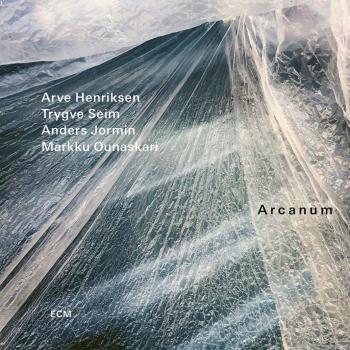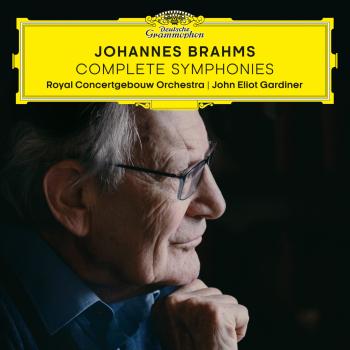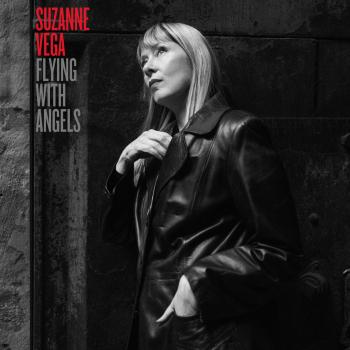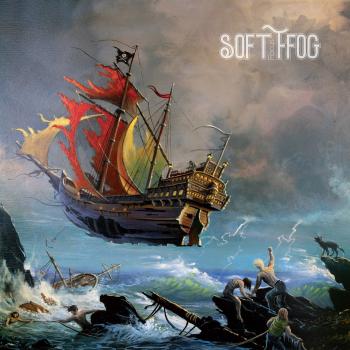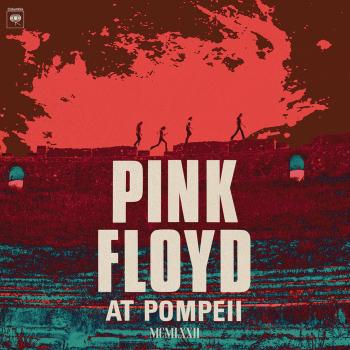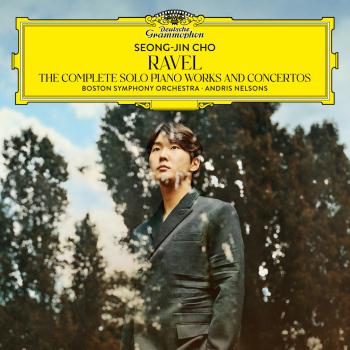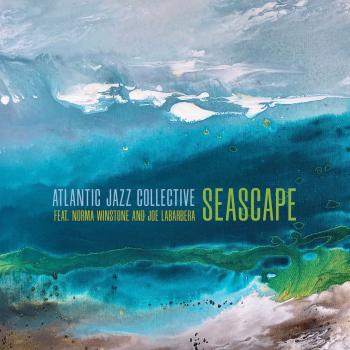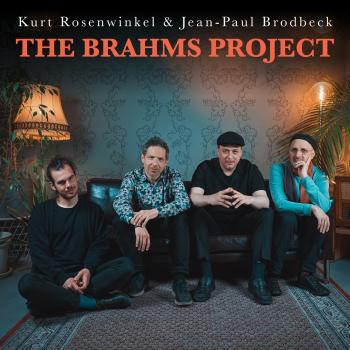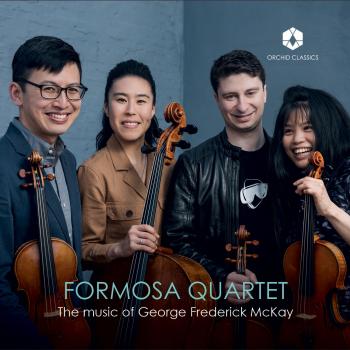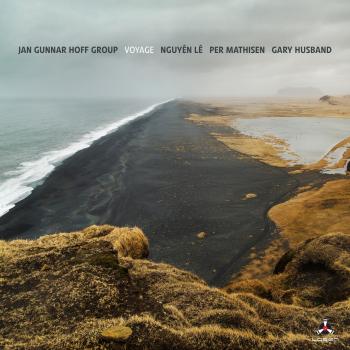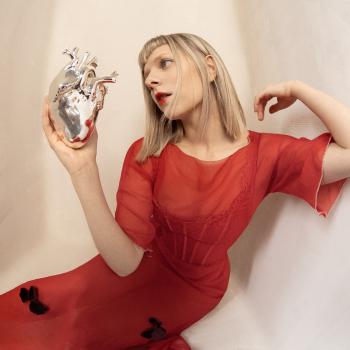
Time and The River David Sanborn feat. Larry Braggs & Randy Crawford
Album info
Album-Release:
2015
HRA-Release:
01.04.2015
Album including Album cover
I`m sorry!
Dear HIGHRESAUDIO Visitor,
due to territorial constraints and also different releases dates in each country you currently can`t purchase this album. We are updating our release dates twice a week. So, please feel free to check from time-to-time, if the album is available for your country.
We suggest, that you bookmark the album and use our Short List function.
Thank you for your understanding and patience.
Yours sincerely, HIGHRESAUDIO
- 1 A la verticale 05:22
- 2 Ordinary People 05:14
- 3 Drift 04:37
- 4 Can't Get Next to You (feat. Larry Braggs) 04:35
- 5 Oublie Moi 04:45
- 6 Seven Days Seven Nights 05:51
- 7 Windmills of Your Mind (feat. Randy Crawford) 04:58
- 8 Spanish Joint 04:26
- 9 Overture 02:27
- 10 Little Church 02:45
Info for Time and The River
Der Altsaxophonist David Sanborn spielte 2013 mit dem Pianisten Bob James für das Label OKeh das akustische Jazzalbum Quartette Humaine ein, das großen Anklang fand. Jetzt veröffentlicht der sechsfache Grammy-Gewinner, der auf acht goldene Schallplatten und einmal Platin verweisen kann, seine neue CD „Time and the River: eine fesselnde Mischung aus Jazz und R&B. Der Bassist Marcus Miller, ein alter Freund Sanborns, hat das Album produziert. „Ich fühlte mich in guten Händen“, meinte Sanborn dazu. „Marcus kennt sich mit allem aus, denn er ist Arrangeur, Komponist, Instrumentalist und Produzent, und da wir uns schon lange kennen, klappte alles wie am Schnürchen.“
Mit zwei Originaltiteln von Sanborn, zwei Stücken der französischen Sängerin/Songwriterin Alice Soyer (darunter „Oublie Moi“ mit Sanborns eleganten Glissandi auf dem Altsaxophon), einer Komposition von Miller (dem R&B-Erfolgstitel „Seven Days Seven Nights“, der ursprünglich für das Projekt mit Bob James vorgesehen war, aber für das jetzige Album überarbeitet wurde), einer Coverversion der Hot Funk-Nummer „Spanish Joint“ von D’Angelo (aus Voodoo, veröffentlicht im Jahr 2000) und David Amrams „Overture“ aus dem Film The Manchurian Candidate, führt „Time and the River“ eine Vielzahl von Musikstilen und Klangbildern zusammen. „Das Tollste daran war, dass sowohl Marcus als auch ich bereit waren, aus dem uns vertrauten Terrain auszubrechen”, erklärte Sanborn. „Ich möchte mich nicht selbstzufrieden zurücklehnen, sondern Neues ausprobieren. Ich möchte neue Wege beschreiten und sehen, wohin zu führen.“
In der Tat gelingt es Sanborn auf „Time and the River“, sein ausdrucksstarkes, gefühlsbetontes und ekstatisches Spiel auf ein neues Niveau zu heben und wunderbare Farben und Klanglandschaften zu erschaffen. Dazu tragen faszinierende Traumbilder, R&B-Grooves, balladenhafte Klänge, flippige Soulrhythmen und jazzartige Improvisationen bei. Die meisten Titel dieser CD erhalten durch das unaufdringliche polyrhythmische Spiel des Schlagzeugers Javier Diaz ihre besondere Würze. Dies ist das erste Mal seit dem Tod von Don Alias im Jahre 2006, dass David Sanborn einen Schlagzeuger mit einbezogen hat.
Wenn er nicht gerade solistisch hervortritt, fügt sich Sanborn in die Band ein. Ein typisches Beispiel dafür ist der lebhafte Eingangstitel „A la Verticale“, der – wie Sanborn erläuterte – mit seinem melodischen Legato deutlich macht, worum es in dem Album geht. „Die Musik ist kontrapunktisch angelegt: Klavier und Schlagzeug schaffen das Fundament, und dann kommen die bescheidenen Beiträge des Gitarristen, des Bassisten und meiner Wenigkeit hinzu“, erläuterte er. “Es kam jederzeit auf das Zusammenspiel aller Beteiligten an. Ich habe alle dazu angehalten. Es war wie in meiner Jugend, denn bei der Musik, der ich damals lauschte, ob Pop oder Jazz, passierte immer eine Menge gleichzeitig – die Rhythmen und Klangfarben waren vielschichtig. Das Ganze erinnerte mich an die Band Earth, Wind and Fire, die das Publikum von den Sitzen riss. Das wollte ich hier auch erreichen.”
Die Titel mit Gesang haben eigene Orientierungspunkte. Der nostalgische Song „Windmills of Your Mind” war 1968 in dem Film „Thomas Crown ist nicht zu fassen“ und auch 1999 in einem Remake dieses Streifens zu hören, aber diese Aufnahme lehnt sich an die Version von Dusty Springfield an. Auch bei „Can’t Get Next to You“ denkt man eher an die Interpretation von Al Green als an die der Temptations. Als zusätzliche Stimme erleben wir hier Sanborn selbst, der von sich sagt: “Ich betrachte mich als Sänger auf dem Altsaxophon, insbesondere bei dieser Aufnahme. Während alles um mich herum weiterspielt wie bisher, bin ich durchaus in der Lage, mich wie ein Sänger in Szene zu setzen.“
Zu Sanborns Originaltiteln zählen „Ordinary People“, ein Stück mit charakteristischen Rhodes- und Hammond-B3-Klängen, das beim Klavierspielen entstand, und “Drift”, das von D’Angelo angeregt wurde. „Ich halte sehr viel von seiner Musik“, erzählte Sanborn. „Ich bemühte mich darum, dafür eine bestimmte Stimmung zu erzeugen. Der Sound sollte üppig und atmosphärisch sein. Wir nahmen beim Saxophon und Klavier die notwendigen Änderungen der Themen und Akkordfolgen vor, legten dann Synth Pads darüber, und Marcus sorgte für das Overdubbing. Wir machten die Demo in meinem eigenen Studio und nahmen dort auf.“
„Time and the River“ endet besinnlich, ja sogar mystisch mit einem Duett von Sanborn und dem Pianisten Roy Assaf in dem stimmungsvollen Track „Overture“, der auf einem melancholischen Thema aus 14 Tönen beruht. „Diese Melodie hat mich eigentlich nie losgelassen“, meinte Sanborn. „Sie erinnert an so viele interessante Orte. Zum Teil wirkt sie modal, zum Teil wie Kirchenmusik. Der Film The Manchurian Candidate gefiel mir, und das gilt auch für David Amrams Art zu komponieren. Seit Jahren bemühe ich mich, dieses Stück aufzunehmen. Also machen wir es jetzt mit Altsaxophon und Klavier.”
Der Titel von Sanborns neuem Album, „Time and the River“, wurde mit Bedacht gewählt. „Der Grund ist leicht nachzuvollziehen“, meinte er und lachte dabei. „Unser Haus liegt am Hudson River, der zu den großen Flüssen in den USA gehört. Ich sehe jeden Tag, wie er am Haus vorbeifließt. Der Fluss steht nie still – wie auch die Zeit.“ In Japan verwendet man als Symbol für einen Fluss drei vertikale Linien, die auf dem Cover abgebildet sind.
David Sanborn, Saxophon
Randy Crawford, Gesang
Larry Braggs, Gesang
Yotam Silberstein, Gitarre
Nicky Moroch, Gitarre
Peter Hess, Horn und Flöte
Justin Mullens, Trompete
Roy Assaf, Keyboards
Tim Vaughn, Posaune
Ricky Peterson, Orgel
Marcus Miller, Bass
Marcus Baylor, Schlagzeug
Javier Diaz, Percussion
Produced by Marcus Miller
Veteran alto sax master David Sanborn has played a crucial role in establishing the sound of contemporary jazz and instrumental pop. In his remarkable three-and-a-half-decade recording and performing career, he's consistently embodied the dual ideals of virtuosity and versatility, revealing a one-of-a-kind talent on his own much-loved releases while building a singularly impressive resume that includes work with everyone from Gil Evans to Bruce Springsteen.
The sense of open-minded adventurousness that's helped to make David Sanborn a musical icon is prominent on Closer, which follows his acclaimed 2003 Verve debut Timeagain. The new album once again teams Sanborn with Timeagain's producer, Stewart Levine, along with an all-star assortment of musicians including Larry Goldings (electric piano, organ), Gil Goldstein (electric piano, accordion), Mike Mainieri (vibraphone), Russell Malone (guitar), Christian McBride (bass), Steve Gadd (drums), Luis Quintero (percussion) and Bob Sheppard (saxophones), as well as Sanborn's Verve labelmate Lizz Wright, who contributes a compelling guest vocal on a memorable reading of James Taylor's "Don't Let Me Be Lonely Tonight."
Closer's ten instrumental tracks cover a typically eclectic range of musical and emotional modes, from the buoyant tropical vibe of "Tin Tin Deo" to the fluid lushness of "Poinciana" to the late-night introspection of "Ballad of the Sad Young Men," to the arresting intimacy of the Sanborn originals "Sofia" and "Another Time, Another Place." Elsewhere on the 11-track collection, the artist offers distinctive interpretations of Abdullah Ibrahim/Dollar Brand's "Capetown Fringe" and the Horace Silver classics "Senor Blues" and "Enchantment," and a poignant reading of the classic Charlie Chaplin standard "Smile."
Closer's artfully eclectic approach is consistent with David Sanborn's longstanding ability to maintain his identity as a jazz trend-setter while remaining active in the worlds of jazz, rock and R&B. "I'm a big fan of structure and brevity, and I think that's something I learned from blues and R&B," Sanborn states. "The longest piece on this album is about six minutes. As times goes on, I get more and more interested in the idea of saying more with less, and in saying what you have to say and then getting out.
"Making Closer, I was very clear about my picture of what I wanted the record to be," the artist explains. "Gil Goldstein and myself pretty much arranged everything, and I recorded very detailed demos, playing all the instruments myself, to give the musicians an idea of the tempos and chords and some of the voicings. But within that structure, a lot was left open to interpretation."
Even in the context of Sanborn's imposing body of work, Closer stands out, thanks to his consistently inventive, expressive playing and the sympathetic support of the album's sterling supporting cast. "Casting," Sanborn says, "is 90 per cent of the job. I've never been particularly comfortable giving people direction. I would rather just find the right people, explain what I want and then leave them to their own devices, because an important part of the process is getting people to invest something of themselves in the situation. And if you get the right people, people that you have a rapport with, it's always something more than you expect."
Born in Tampa, Florida on July 30, 1945 but raised in St. Louis, David Sanborn was exposed to a wide variety of music in his youth. Early on, he was attracted to the work of soul-jazz saxophonists like Gene Ammons, Arnett Cobb, Illinois Jacquet, Jimmy Forrest, King Curtis and Willis "Gator" Jackson, improvisers who balanced their hard-swinging chops with warmth and expressiveness. Adopting the alto saxophone as his main instrument, Sanborn immersed himself in jazz while retaining a parallel affinity for popular culture. His talent and adaptability resulted in early gigs backing artists as soul deity James Brown and blues great Albert King.
In the 1970s, Sanborn earned widespread renown as both an improvising jazz instrumentalist and a busy R&B/pop/rock session player. He was featured on albums by such jazz heavyweights as Gil Evans, Jaco Pastorius, the Brecker Brothers, Joe Beck and Mark Murphy, as well as projects by David Bowie, the Eagles, Carly Simon, Donny Hathaway and Bruce Springsteen.
Sanborn began recording as a leader in 1975, when he released his debut album, Taking Off, on Warner Bros. He went on to record a dozen albums for Warner, including such well-received efforts as Heart to Heart, Hideaway, Voyeur and Straight to the Heart, before singing with Elektra in 1990. At Elektra, Sanborn recorded such critically admired CDs as 1991's Another Hand, 1992's Upfront, 1993's Hearsay, 1995's Pearls (a collaboration with arranger Johnny Mandel), 1996's Songs from the Night Before and 1999's Inside.
"Ultimately, it's not an intellectual exercise," Sanborn says, describing his musical philosophy. "It's kind of like arranging the furniture in a room; you try to set things up so that there's a certain ambience. You paint the walls a certain color and you choose a certain kind of rug, with the intention of creating this little world that you want to be in, and hopefully other people will want to inhabit that world as well. And if you do it right, you forget about the components and the process, and it becomes about the experience.
"Maybe that sounds like an obvious thing, but you need the right people to make that happen. The great thing about guys Steve Gadd or Christian McBride is that you don't always hear how great they are, but if you talk to any musician who's played with them, it's obvious. They're about moving everything forward and making the music happen. They're selfless, and that's what music's supposed to be about.
"There's an old expression," Sanborn points out, "called 'Getting a little house,' which refers to using a flashy trick to get the crowd to go nuts, like jumping up on the bar or playing a really fast lick or holding a note for a really long time. That's an easy trap to fall into, going for the quick fix, and we're all guilty of it. But as time goes on, I'm less and less interested in that kind of thing and more concerned with just making the kind of music that feels the most real to me. To me, that's what Closer is about."
This album contains no booklet.

